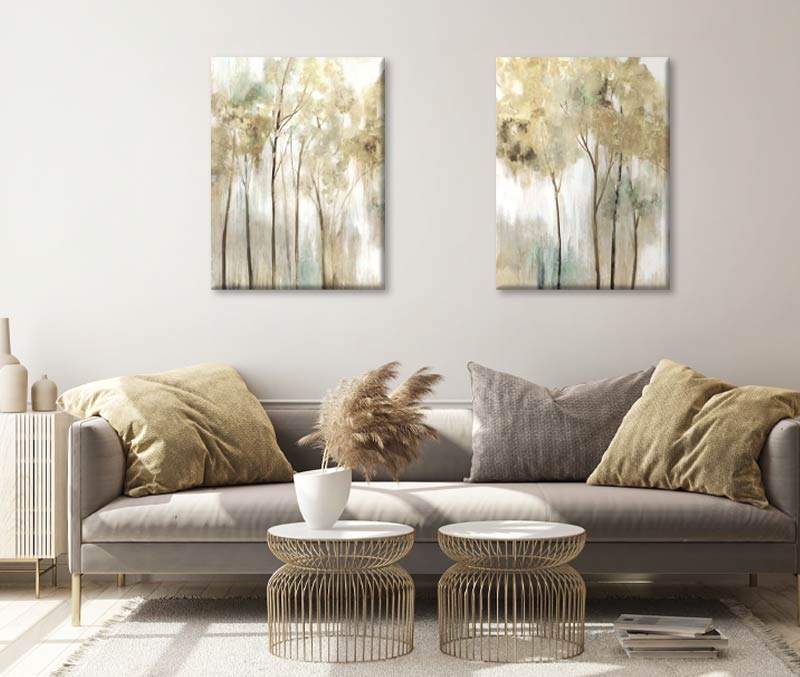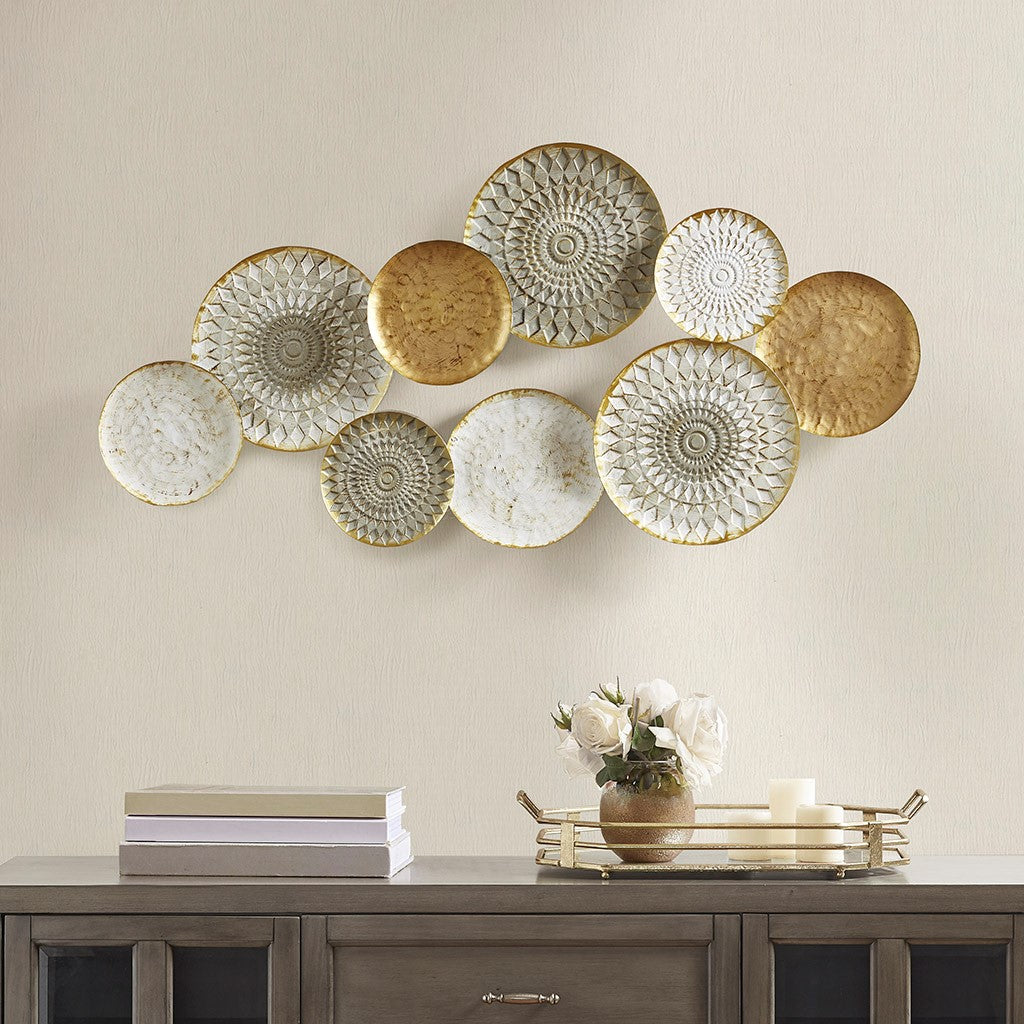Are you looking to refresh your living space without going through a complete overhaul? Transitional wall decor might be the perfect solution. With a fine blend of traditional elegance and modern simplicity, transitional decor can create a harmonious environment in any home. In this article, we’ll explore the nuances of transitional wall decor, share personal experiences, and provide tips to help you transform your walls into a work of art.
What is Transitional Wall Decor?
Transitional wall decor refers to design elements that bridge the gap between traditional and contemporary styles. This approach offers a balanced aesthetic that appeals to a wide range of preferences, making it ideal for homeowners who appreciate both classic and modern designs.
The Definition of Transitional Design
Transitional design retains the essence of traditional elements while incorporating modern sleekness. Think of it as a sophisticated mix of comfort and style, where old meets new in perfect harmony.
Key Elements of Transitional Wall Decor
1. Color Palette
The color palette in transitional decor usually involves neutral tones, such as beige, ivory, and soft greys, accented by rich, bolder colors to add depth. This creates a light, inviting atmosphere that is versatile across different rooms.
2. Texture and Materials
Incorporating various textures is essential in transitional decor. Wood, metal, glass, and fabric can be used together to create visual interest. For instance, a rustic wood frame can beautifully complement a sleek metal art piece.
3. Balance of Form
Transitional wall decor strives for a balance between traditional forms—like ornate frames or classic mirrors—and modern lines, such as geometric shapes or minimalist art. This blend helps keep spaces from feeling outdated or overly trendy.

Popular Transitional Wall Decor Ideas
1. Art Pieces
Art is a powerful way to express your style. Consider blending framed abstract art with classical photographs or landscapes. This combination can appeal to a diverse range of aesthetics, making your space truly unique.
Comparison Table: Types of Art for Transitional Decor
| Type of Art | Pros | Cons |
|---|---|---|
| Abstract Paintings | Modern appeal, versatile | May not suit all tastes |
| Classic Landscapes | Timeless, evokes nostalgia | Might feel dated for some |
| Photography | Personal touch, unique | Quality can vary greatly |

2. Mirrors
Mirrors are a fantastic addition to transitional decor. They serve both functional and aesthetic purposes. Choose a mirror with an intricate frame to bring in traditional elements, or opt for a sleek, frameless mirror for a more modern vibe.
3. Wall Shelves
Open shelving can beautifully display both modern and vintage decor items. Incorporate plants, books, or decorative accessories to personalize your space while maintaining that transitional look.

Decorative Techniques for Transitional Walls
1. Wall Molding
Wall molding can add depth and sophistication to your walls. Whether you prefer wainscoting or crown molding, it gives a nod to traditional styles while complementing modern decor.
2. Wallpaper
Using wallpaper is a fantastic way to introduce patterns without overwhelming your space. Choose subtle, sophisticated patterns in soft colors to maintain the balance of transitional decor.

Pros and Cons of Wallpaper in Transitional Decor
- Pros: Adds character, available in diverse styles.
- Cons: Can be hard to remove, some patterns may feel dated quickly.
How to Choose Transitional Wall Decor
1. Identify Your Style
Before diving into decor, take a moment to assess your style. What resonates with you more—modern minimalism or traditional elegance? Knowing your preferences helps narrow down your choices.

2. Consider Your Space
Your space’s size, lighting, and existing furnishings should guide your decor choices. Ensure that the items you choose enhance rather than clutter your environment.
3. Invest in Quality Pieces
While it’s tempting to opt for cheaper decor items, investing in quality pieces often pays off in the long run. Choose timeless designs that won’t easily go out of style.

Personal Experience: Transforming My Living Room
As someone who has recently transitioned my living room into a more cohesive transitional style, I can vouch for the transformative power of thoughtful decor. By incorporating a few large-scale art pieces and complementing them with textured wall hangings, I achieved a balance that felt both inviting and sophisticated. Adding a statement mirror helped visually enlarge the space, making it feel airy and bright.
FAQs About Transitional Wall Decor
1. What are some examples of transitional wall decor?
Common examples include framed art, mirrors, wall shelves, and decorative molding.

2. How can I incorporate transitional elements into a small space?
Use mirrors to create the illusion of space, select compact furniture, and opt for light, neutral colors to keep the area feeling open.
3. Can I mix different styles with transitional decor?
Absolutely! Transitional decor is versatile and can incorporate elements from various styles, as long as there’s a balance between them.
4. What color schemes work best for transitional wall decor?
Neutral tones paired with bold accent colors work best. Think soft greys, whites, and beiges complemented by deep blues or rich browns.
5. Is transitional decor expensive?
It can vary; however, focusing on quality over quantity often leads to a more polished look without breaking the bank.
Conclusion: Making Your Space Your Own
Transitional wall decor offers a unique way to blend your favorite elements of style, creating a home that feels both comforting and stylish. By carefully selecting pieces that resonate with you and enhance your space, you can curate an environment that reflects your personal taste and lifestyle. Remember, the goal is to create a haven that you love coming home to, so don’t shy away from experimenting and making bold choices!